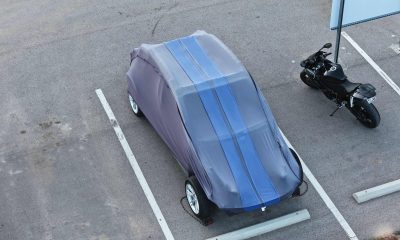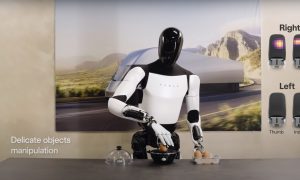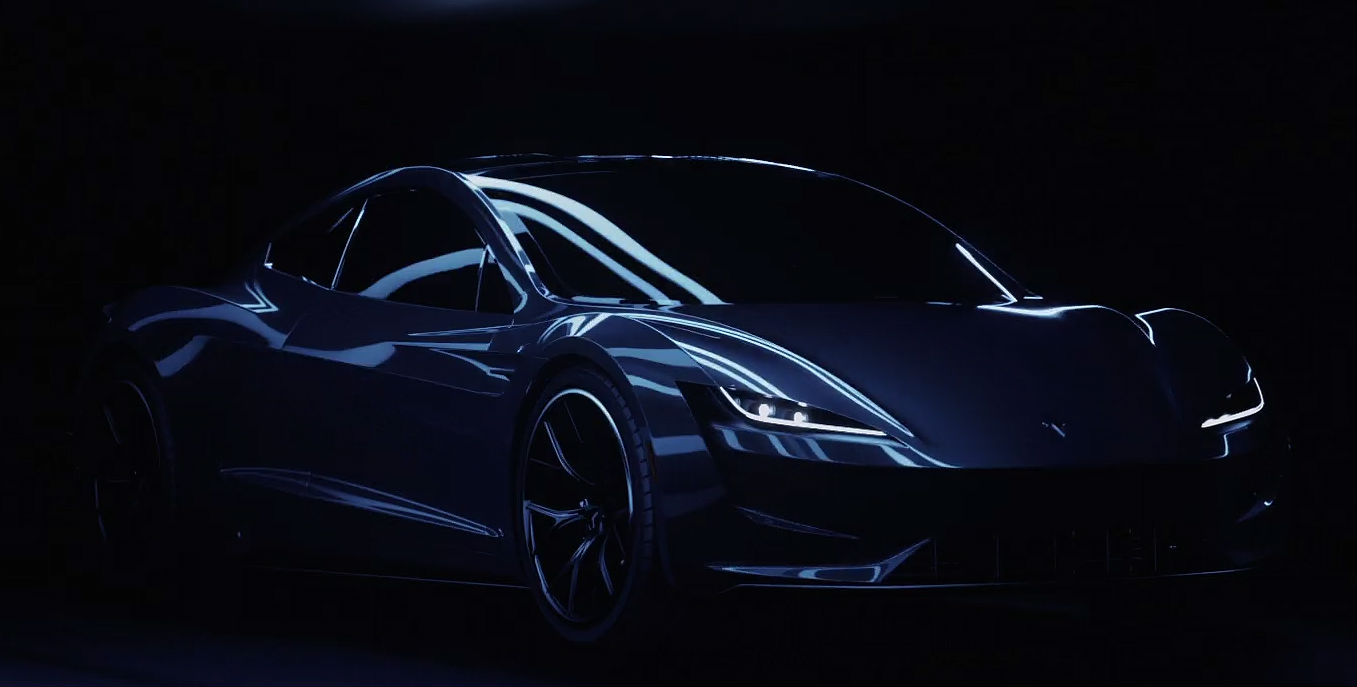

News
Tesla’s steering ‘yoke’ is perfect for the next-gen Roadster’s ICE-killing functions
Among the most controversial aspects of the Tesla Model S and Model X refresh are the vehicles’ “yoke” style steering wheel, which has garnered a good amount of criticism over its alleged safety risk and impracticality. Yet considering the features that Tesla has implemented in the refreshed flagship vehicles, as well as the upcoming capabilities of halo cars like the next-gen Roadster SpaceX Package, a steering yoke may very well be the best option for the electric car maker.
Tesla’s use of a steering yoke has been around for some time, with the company implementing it on the prototype of the next-generation Roadster, which was unveiled in late 2017, as well as the Tesla Cybertruck, which was unveiled in late 2019. Granted, there is a pretty fair chance that Tesla will offer the vehicles with a traditional steering wheel design if needed, but the company’s use of a steering yoke in the Roadster and Cybertruck prototypes are noteworthy nonetheless.
Tesla’s steering yoke invokes similarities not only to fictional vehicles like Knight Rider’s KITT; it also appears pretty similar to the yokes used to control some aircraft. As noted by longtime electric vehicle advocate and Tesla owner @enn_nafnlaus on Twitter, aircraft steering yokes do not only control roll; they also control pitch. This may come into play when considering the possible capabilities of vehicles that are designed unlike anything on the road today.
The Model S Plaid and Model S Plaid+, for example, feature three independent motors, which should provide drivers with handling options that exceed those offered by the two motors of the Model 3 Performance. However, a steering yoke that features more degrees of freedom than a conventional, roll-only steering wheel would likely come fully into play when Tesla releases the next-generation Roadster’s SpaceX Package, which Elon Musk notes will have the capability to fly short “hops.”
While Elon Musk’s references to a flying-esque supercar may sound like fiction, the CEO does have a tendency to make some of his insane ideas into reality. With this in mind, there is a pretty good chance that a SpaceX Package for the new Roadster will indeed be released, and when it does, it would really make the all-electric supercar capable of “short hops.” Utilizing such a feature would be unintuitive in a vehicle that’s equipped with a traditional roll-only steering wheel.
These are, of course, speculations at this point. That being said, Elon Musk has noted in the past that the next-generation Roadster will have capabilities that would give it an almost unfair advantage against its internal combustion-powered competitors. Among these capabilities is its excellent handling, which could be aided by its use of cold gas thrusters in the SpaceX Package. “We’re going to do things with the new Roadster that are kind of unfair to other cars. (It’s) crushingly good relative to the next best gasoline sports car,” Musk said. To accomplish this, the next-gen Roadster must have an intuitive steering system–perhaps even one that makes traditional car enthusiasts wince in discomfort.
Don’t hesitate to contact us for news tips. Just send a message to tips@teslarati.com to give us a heads up.
Elon Musk
Tesla Optimus dance video showcases the company’s quick progress
Elon Musk shares a new video of Tesla’s humanoid robot, Optimus, dancing with improved flexibility and control.
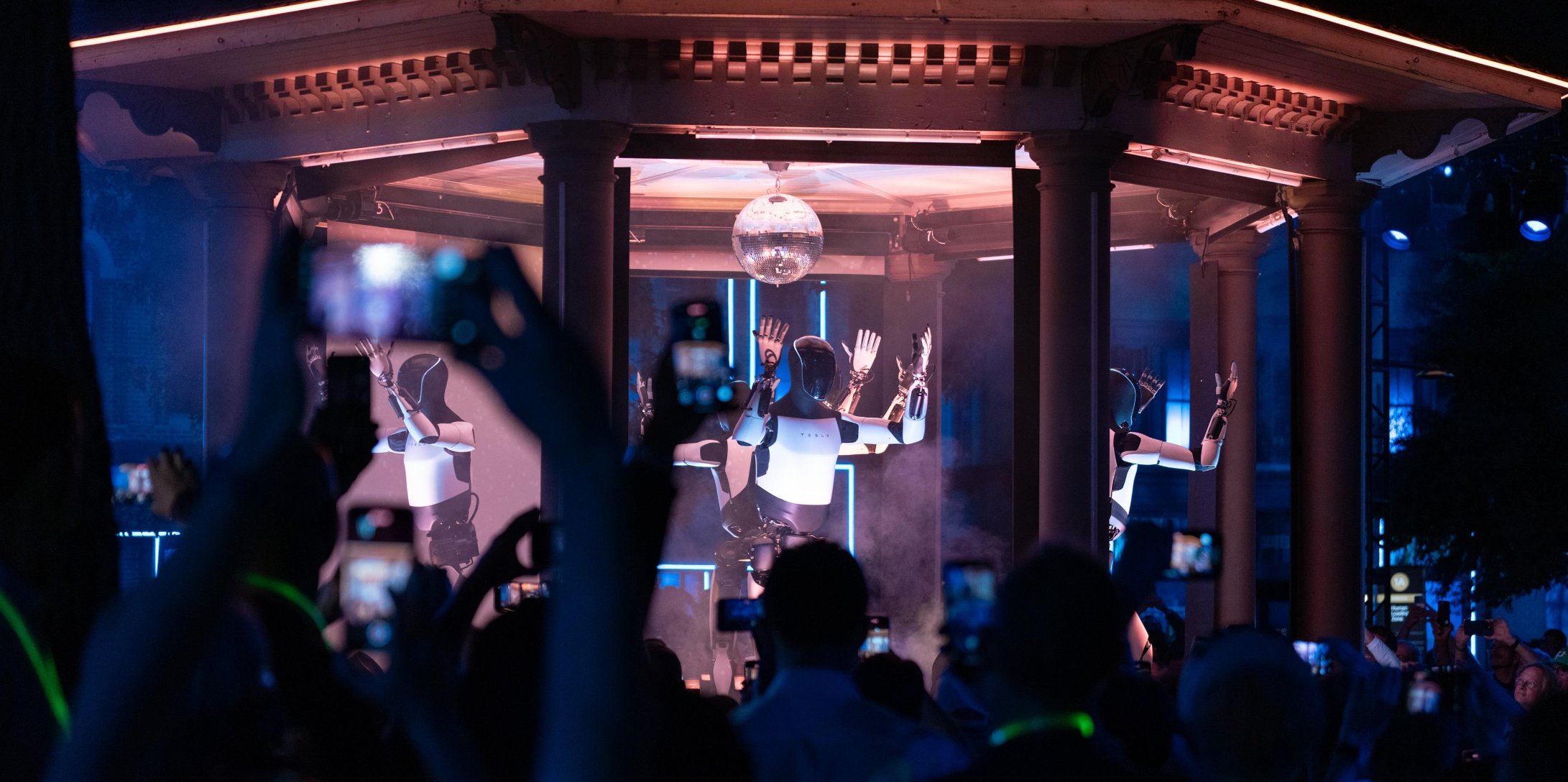
Elon Musk recently shared a Tesla Optimus dance video, showcasing the humanoid robot’s light feet and the company’s quick progress.
In 2021, Tesla announced it would develop a humanoid robot during AI Day. At the time, the company didn’t even have a prototype. To celebrate the announcement, a human dressed as a humanoid robot came out and danced for the crowd at the event. Fast forward a few years, and Tesla’s Optimus bot finally has some moves to show off.
The first time anyone got a real preview of Optimus was in 2022, when Tesla debuted semi-functional prototypes at AI Day. One Tesla Optimus bot walked on stage while another performed some arm movements. At the time, critics noted the Tesla Optimus bot’s reliance on teleoperation for some tasks.
By 2023, Tesla unveiled Optiumus Gen 2, demonstrating advanced tasks like sorting colored blocks, maintaining yoga poses, and some dancing. Tesla also noted that the robot’s hands improved to 11 degrees of freedom (DoF). Tesla Optimus hands in production units have 22 degrees of freedom.
Late last year, Tesla Optimus robots attended the company’s “We, Robot” event, performing tasks like serving drinks and interacting with people in the crowds. Teslarati played rock, paper, scissors with Optimus at “We, Robot.” The Tesla bots danced in synchronicity at the event with their arms and torsos.
Tesla’s progress with Optimus has been quite a ride over the past few years. Now Optimus can add to its dance moves with more flexibility and control over its legs. The recent Tesla Optimus dance video marks the beginning of the next phase for the humanoid robot: production.
According to Tesla’s Q1 2025 updated letter, the company has already started limited production of the Optimus bot at Tesla’s Fremont Factory. Elon Musk announced plans to produce over 1,000 units of Tesla Optimus for internal use in 2025 and external sales by 2026.
Elon Musk claims Tesla Optimus could be “more significant than Tesla’s vehicle business,” with a potential market value of $25 trillion. By automating low-skill, repetitive jobs, the Tesla bot could reshape economies, which Musk believes could lead to an “age of abundance” where goods and services are cheaper.
Investor's Corner
Rivian stock rises as analysts boost price targets post Q1 earnings
Rivian impressed with smaller-than-expected losses & strong revenue, pushing analysts to raise price targets.
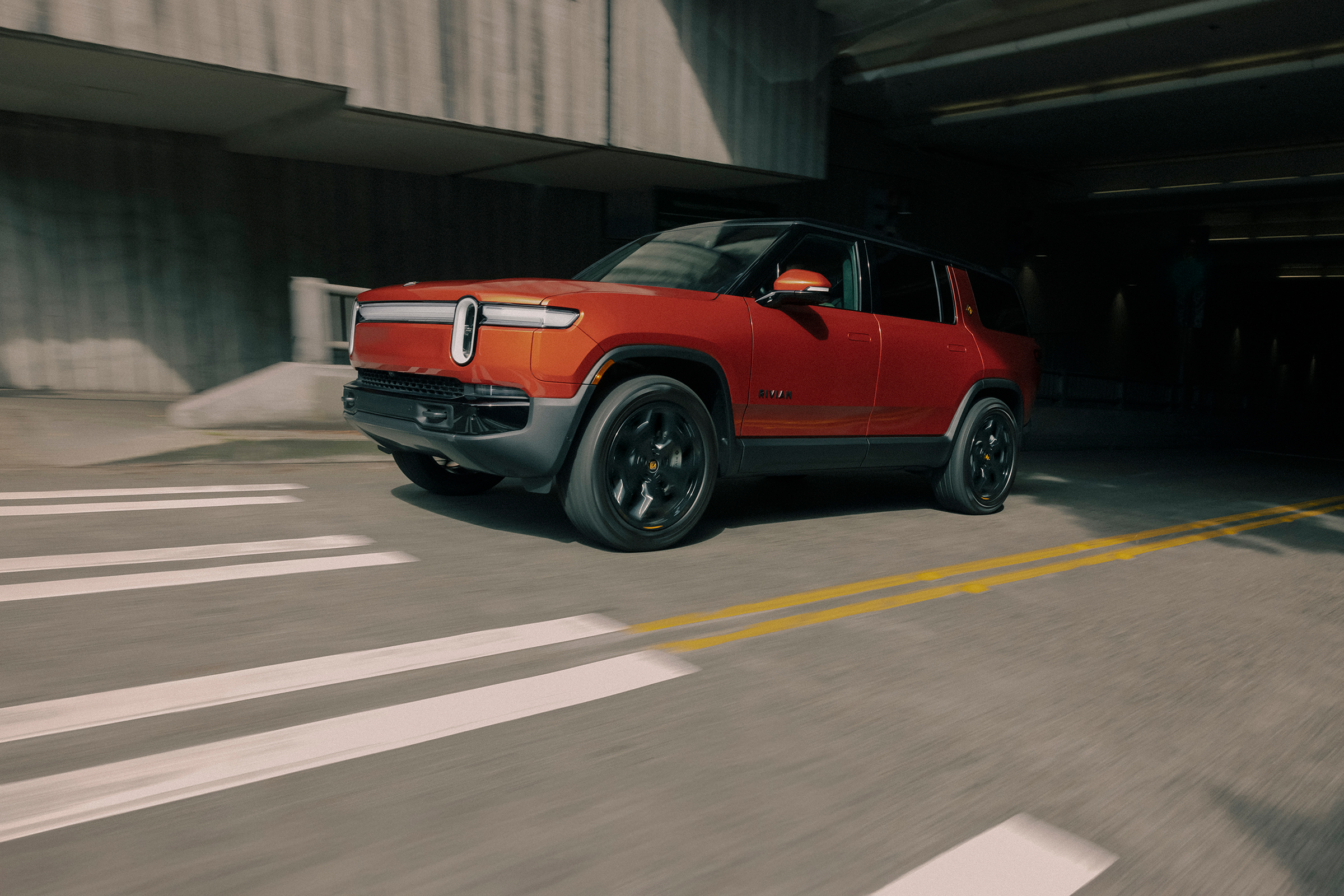
Rivian stock is gaining traction as Wall Street analysts raise price targets following the electric vehicle (EV) maker’s first-quarter earnings report. Despite a dip after the announcement, optimism surrounds Rivian’s cost control and upcoming lower-priced cars.
Last week, Rivian reported a better-than-expected Q1 gross profit, surpassing Wall Street’s forecasts with adjusted losses of $0.48 per share against expectations of $0.92 per share. The company also reported a revenue of $1.24 billion compared to the $1.01 billion anticipated.
However, the EV automaker cut its 2025 delivery forecast and capital spending due to President Donald Trump’s tariffs. It explained that it is “not immune to the impacts of the global trade and economic environment.” RIVN stock dropped nearly 6% post-earnings, closing at $12.72 per share.
Wall Street remains upbeat about Rivian, citing progress toward launching lower-priced vehicles in 2026 and effective cost management. On Monday, Stifel analyst Stephen Gengaro raised his RIVN price target to $18 from $16, maintaining a “Buy” rating. He highlighted Rivian’s “solid progress” toward key milestones.
Conversely, Bernstein’s Daniel Roeska gave RIVN a “Sell” rating. However, Roeska also lifted his Rivian price target to $7.05 from $6.10, acknowledging “better” Q1 results. He warned that profitability remains distant and hinges on multiple product launches by the decade’s end.
Overall, Wall Street’s average price target for RIVN climbed from $14.18 to $14.31, a modest 13-cent increase reflecting positive sentiment. About one-third of analysts covering Rivian rate it a Buy, compared to the S&P 500’s average Buy-rating ratio of 55%.
On Monday, Rivian stock rose 2.7% to $14.64, slightly trailing the S&P 500 and Dow Jones Industrial Average, which gained 3.3% and 2.8%, respectively. The uptick may also stem from broader market gains tied to news of a temporary U.S.-China tariff suspension.
As Rivian navigates trade challenges and scales production at its Illinois factory, its Q1 performance and analyst support signal resilience. With lower-priced EVs on the horizon, Rivian’s strategic moves could bolster its position in the competitive EV market, offering investors cautious optimism for long-term growth.
News
EU weighs Starlink’s market impact during SES-Intelsat deal
As SES tries to buy Intelsat, the EU is checking if Starlink has an unfair edge. The review could shape Europe’s space future.

EU antitrust regulators are scrutinizing SES’s $3.1 billion bid to acquire Intelsat, probing whether SpaceX’s Starlink poses a credible rival in the satellite communications market. The European Commission’s review could shape the future of Europe’s space industry.
The Commission has sought feedback from customers of SES and Intelsat to assess Starlink’s competitive impact. According to Reuters, the questionnaire asks if low-earth orbit (LEO) satellite providers like Starlink and Eutelsat’s OneWeb are viable competitors for two-way satellite capacity. It also explores whether LEO suppliers are winning tenders and contracts and their potential to influence competition over the next five years. Additionally, regulators are evaluating customers’ bargaining power and ability to switch to rival suppliers.
SES operates a fleet of about 70 multi-orbit satellites for video broadcasting, government communications, and broadband internet. It aims to scale up through the acquisition of Intelsat. The move is part of a broader push in Europe to bolster home-grown satellite solutions, countering U.S. giants like SpaceX’s Starlink and Amazon’s Project Kuiper.
SES is in talks with the EU Commission and a few European governments to complement Starlink services, addressing concerns over reliance on foreign providers.
“Now the discussions are much more strategic in nature. They’re much more mid-term, long-term. And what we’re seeing is that all of the European governments are serious about increasing their defense spending. There are alternatives, not to completely replace Starlink, that’s not possible, but to augment and complement Starlink,” said SES CEO Adel Al-Saleh.
The EU Commission’s preliminary review of the SES-Intelsat deal is expected to conclude by June 10. The preliminary review will determine whether the SES-Intelsat deal is cleared outright, requires concessions, or faces a full-scale investigation if significant concerns arise. As Europe seeks to strengthen its space-based communication resilience, the outcome could redefine competitive dynamics in the satellite sector.
With Starlink’s LEO technology disrupting traditional satellite services, the Commission’s findings will signal how Europe balances innovation with strategic autonomy. SES’s efforts to scale and collaborate with governments underscore the region’s ambition to remain competitive, potentially reshaping the global satellite landscape as demand for reliable connectivity grows.
-
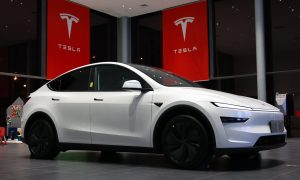
 News1 week ago
News1 week agoTesla offers legacy Model Y owners an interesting promotion
-
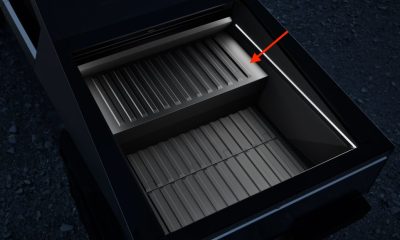
 News5 days ago
News5 days agoTesla Cybertruck Range Extender gets canceled
-

 News2 weeks ago
News2 weeks agoTesla posts Semi factory update, shares new Semi logo design
-

 News2 weeks ago
News2 weeks agoTesla opens whopping 83 job listings for Semi program
-
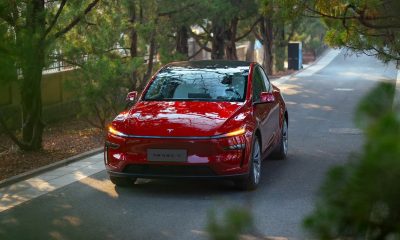
 News2 weeks ago
News2 weeks agoLike it or not, the new Tesla Model Y is a big hit in China
-
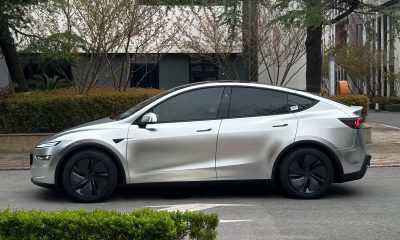
 News2 weeks ago
News2 weeks agoTesla Model Y with three rows and extended wheelbase rumored to start production in China
-

 News2 weeks ago
News2 weeks agoBerlin Senator calls Tesla “Nazi” cars, pisses off Brandenburg because Giga Berlin is a giant employer
-

 News2 weeks ago
News2 weeks agoStarlink nears S Korea launch as satellite internet demand rises






